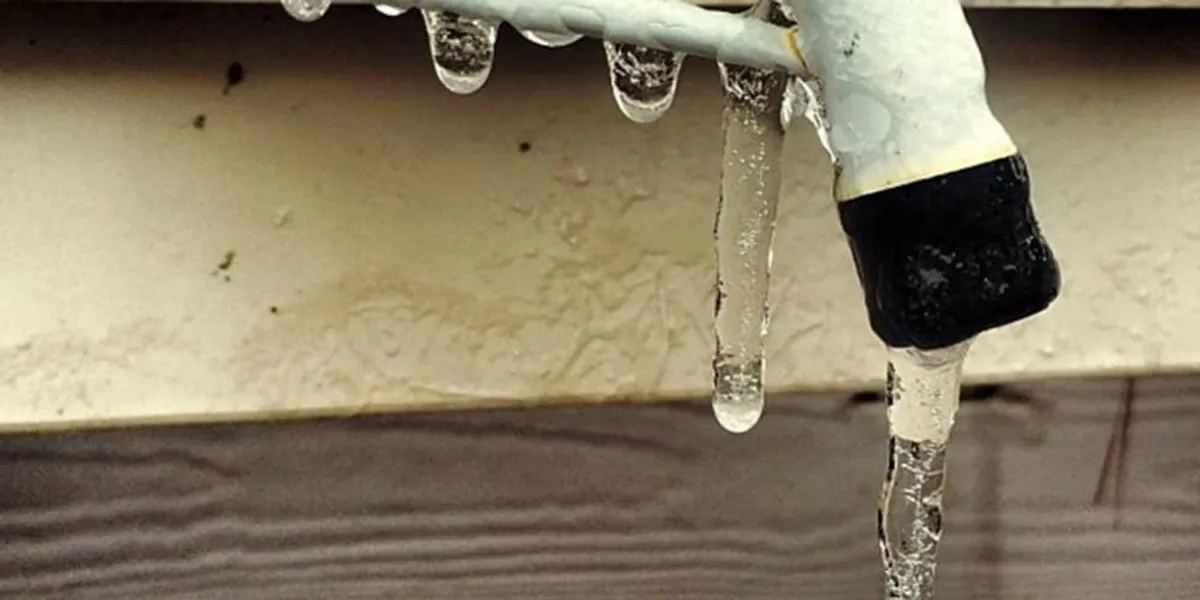Avoiding Frozen Plumbing in Cold Weather: Key Advice
Avoiding Frozen Plumbing in Cold Weather: Key Advice
Blog Article
Almost everyone has got their private assumption about Winter Plumbing Precautions: Preventing Frozen Pipes.

Winter can ruin your pipes, particularly by freezing pipelines. Right here's just how to prevent it from happening and what to do if it does.
Intro
As temperatures decrease, the threat of frozen pipes rises, possibly resulting in expensive repairs and water damage. Understanding how to prevent frozen pipes is essential for house owners in cold environments.
Recognizing Icy Pipelines
What causes pipes to freeze?
Pipelines freeze when revealed to temperature levels listed below 32 ° F (0 ° C) for extended durations. As water inside the pipes freezes, it broadens, taxing the pipeline walls and potentially causing them to break.
Threats and problems
Icy pipes can bring about water system disturbances, residential property damage, and pricey repairs. Ruptured pipelines can flood homes and trigger extensive structural damage.
Signs of Frozen Pipes
Recognizing frozen pipes early can prevent them from rupturing.
Just how to recognize icy pipes
Look for lowered water flow from taps, unusual odors or sounds from pipes, and noticeable frost on subjected pipes.
Avoidance Tips
Shielding at risk pipelines
Cover pipes in insulation sleeves or use warmth tape to shield them from freezing temperature levels. Focus on pipes in unheated or outside areas of the home.
Heating techniques
Keep interior rooms sufficiently warmed, specifically locations with pipes. Open up cupboard doors to permit warm air to distribute around pipelines under sinks.
Safeguarding Outdoor Plumbing
Garden tubes and outdoor taps
Separate and drain pipes garden hoses before winter season. Mount frost-proof spigots or cover exterior faucets with shielded caps.
What to Do If Your Pipelines Freeze
Immediate actions to take
If you presume icy pipelines, keep taps available to soothe stress as the ice melts. Use a hairdryer or towels taken in warm water to thaw pipes slowly.
Long-Term Solutions
Architectural changes
Think about rerouting pipelines far from exterior wall surfaces or unheated areas. Include additional insulation to attics, cellars, and crawl spaces.
Upgrading insulation
Purchase high-grade insulation for pipes, attic rooms, and walls. Proper insulation aids preserve constant temperature levels and reduces the risk of icy pipes.
Final thought
Preventing frozen pipes calls for positive actions and quick actions. By understanding the reasons, signs, and safety nets, homeowners can shield their pipes during cold weather.
5 Ways to Prevent Frozen Pipes
Drain Outdoor Faucets and Disconnect Hoses
First, close the shut-off valve that controls the flow of water in the pipe to your outdoor faucet. Then, head outside to disconnect and drain your hose and open the outdoor faucet to allow the water to completely drain out of the line. Turn off the faucet when done. Finally, head back to the shut-off valve and drain the remaining water inside the pipe into a bucket or container. Additionally, if you have a home irrigation system, you should consider hiring an expert to clear the system of water each year.
Insulate Pipes
One of the best and most cost-effective methods for preventing frozen water pipes is to wrap your pipes with insulation. This is especially important for areas in your home that aren’t exposed to heat, such as an attic. We suggest using foam sleeves, which can typically be found at your local hardware store.
Keep Heat Running at 65
Your pipes are located inside your walls, and the temperature there is much colder than the rest of the house. To prevent your pipes from freezing, The Insurance Information Institute suggests that you keep your home heated to at least 65 degrees, even when traveling. You may want to invest in smart devices that can keep an eye on the temperature in your home while you’re away.
Leave Water Dripping
Moving water — even a small trickle — can prevent ice from forming inside your pipes. When freezing temps are imminent, start a drip of water from all faucets that serve exposed pipes. Leaving a few faucets running will also help relieve pressure inside the pipes and help prevent a rupture if the water inside freezes.
Open Cupboard Doors
Warm your kitchen and bathroom pipes by opening cupboards and vanities. You should also leave your interior doors ajar to help warm air circulate evenly throughout your home.

We hope you liked our piece about Winter Plumbing Precautions: Preventing Frozen Pipes. Many thanks for taking a few minutes to read through our article post. Kindly take a moment to distribute this page if you enjoyed it. Thanks a lot for your time. Come back soon.
Click For More Information Report this page